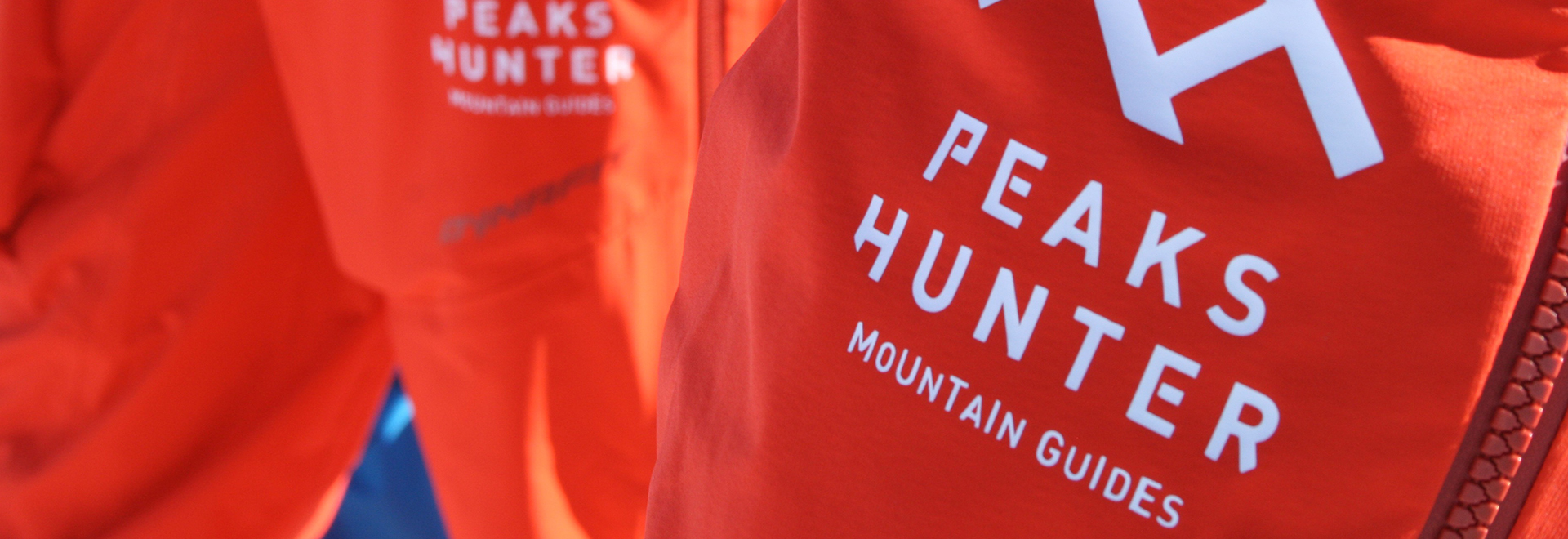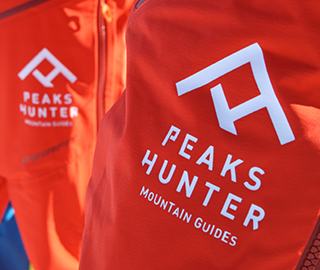Clothing tips
Always keep in mind that the primary function of clothing is not to generate heat, but to maintain it, by creating an insulating layer that protects the body from external conditions.
Dressing in layers
The best advice we can give you for keeping warm at high altitude is to wear multiple layers of clothing and to use fabrics that:
- are breathable, so that any perspiration is dispelled;
- offer insulation, to trap the warmth generated by your body;
- are windproof and waterproof: to keep out the wind and stop water getting in and soaking your clothes.
Each layer has its function
Layering is a better way of keeping warm than wearing a single layer – even a thicker, warm one – because it allows you to regulate your temperature by adding or removing clothing as you go.
The key is to remember that your clothes don’t generate warmth, they just keep it, insulating your body from the cold environment.
- First layer: the layer worn close to the skin (base layer or underwear) keeps the body warm and dry, limiting the negative effects of perspiration. Consider a synthetic fabric, or merino wool.
- Second layer: worn over the base layer, its purpose is to help retain warmth. Consider a lightweight performance fabric, like those produced by Polartec®.
- Third layer: a layer that should offer good insulation but also breathability. Consider brands using quality insulation such as Primaloft®. A hood is also a good idea, as are side zips for trousers, because they make it easier to put them on and take them off, and assist with ventilation. Look for a water-repellent outer material, such as one of the Schoeller® fabrics.
- Fourth layer: the “shell”, usually Gore-tex® or a similar breathable, weatherproof fabric. Overtrousers should be light, windproof and waterproof, and ideally have side zips.
Protect your head and limbs
Your head, hands and feet are the parts of your body at greatest risk of freezing, as they are the most exposed. It is vital, therefore, to devote extra care and attention to how you protect them. Up to 30% of the heat lost through the head. This can be avoided, however, by wearing appropriate gear.
A pair of mittens (without separate fingers) or double-layered gloves designed for high-altitude wear are indispensable. The advantage of mittens is that they create a pocket of air around the fingers.
In any case, it is always worth bringing a backup pair of lighter, fleece gloves, ideally a waterproof, wind-resistant type that can be used when extra manual dexterity is required.




